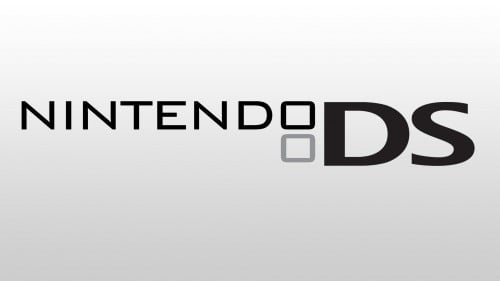Nintendo DS Logo — The Nintendo DS is a console Portable Label of origin Japan, Nintendo, for games and multimedia. It is officially the second best selling console in history behind the PlayStation 2. On November 12, 2003, Nintendo announced its development and launch in 2004. Nintendo stated that it would succeed, the Game Boy Advance.
Although eventually the GBA went out of production, and only develops games for Nintendo DS. On January 20, 2004, the console was announced under the codename “Nintendo DS” (which means Dual Screen). The name of this console is usually abbreviated to “NDS” or simply “DS,” said Satoru Iwata, president of Nintendo, short for Developers’ System, in English “console developers.”
With the launch of the DSi, some critics argued that the Nintendo DS is superior to the new version, since the latter does not allow the reproduction of console games for the Game Boy Advance, the previous portable Nintendo. However, technologically speaking, models are more powerful regular DSi and XL models DS and DS Lite. Nintendo’s long experience in the field of consoles has created a console exclusive, not only physically, but also in the software is very different from the competition. All formats, video, audio etc are special versions that take up less smaller megs of memory and need to be processed with fewer resources. The DPG video format, for example, is the only one that uses a compressed version of low bit rate, MP4 with a compressed audio MP3.
The Nintendo DS uses flash memory (flash EEPROM, EEPROM) as there may be in any digital camera card or the like which are addressed by blocks and function more like a solid state drive. In this case we have to load data into memory before use, and speed is like a SD card, ie similar to a hard disk. They have a small section on it to record progress, but the rest is ROM (Read Only Memory), since it is cheaper and safe from bugs that involve returning the game to the store.


